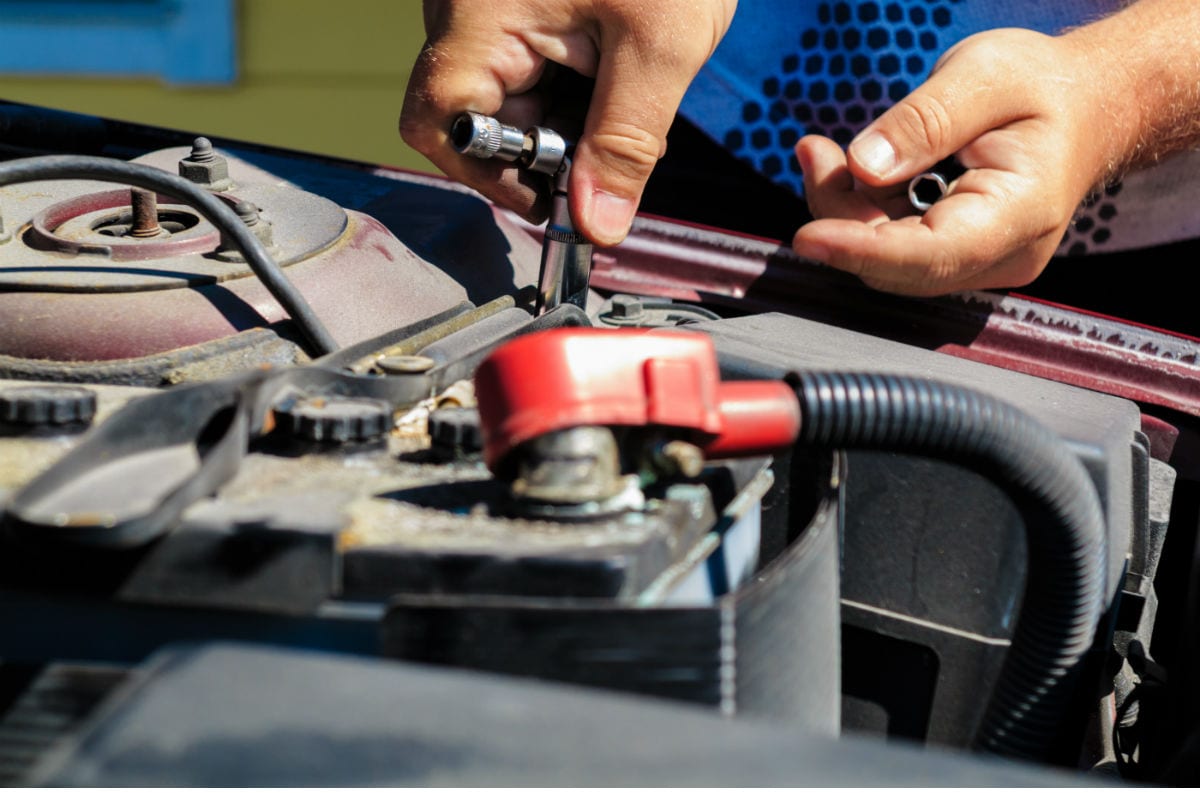This can be among the most frustrating and expensive to diagnose and repair and can lead to some major issues if not fixed immediately. But if you have access to a multimeter/voltmeter and rudimentary underhood knowledge, you might be able to diagnose—or even fix—these five common problems before you bring the car to a mechanic:
Blown fuse(s)
If one particular accessory, set of lights, or convenience in your vehicle stops functioning altogether, a fuse has probably been triggered. Fuses are simple to diagnose, find, and replace yourself. Just look in your owner’s manual for the location of the fuse panel (your car might have more than one), and the location of the particular fuse for the failed accessory. Using a fuse puller (it looks like small plastic tweezers), slowly and evenly pull the fuse out of the board and hold it up to the light. If the strand of metal that passes through the middle is broken, then the fuse needs to be replaced. Make sure you replace the fuse with one of an identical amp rating (usually color-coded and listed on the outside with an amp rating). If the fuse blows again, then you know there is another problem. Fuses are inexpensive.
Dead battery, or bad battery terminals.
Auto batteries can fail without warning. If you have no juice, make sure your battery terminals are tightened and clean of corrosion. If they’re not, then that might be the cause. If they are snug and clean, use your voltmeter to check the battery by touching the meter’s probes to the battery’s plus and minus posts, scratching slightly to ensure a good connection. With the engine and ignition off, if the voltmeter reads between 10 and 12 volts, then the battery is good (9-9.5 is barely acceptable). Now that you know the battery is good, go back and measure the voltage at the terminal clamps, and then again with the positive probe touching the positive terminal clamp and the negative probe touching the bare metal or frame member that the ground wire (narrower black wire) leads to. If all of these tests measure near the same voltage, then you can rule out the terminals, too.
Alternator. A newer battery that won’t keep a charge, the dimming of headlights, or stalling at stoplights are all signs of an alternator that is about to fail completely. If you suspect that your charging system is giving out, test it for certain by touching the probes of your voltmeter to the plus and minus terminal clamps when the engine is running. If it registers between 12.8 and 14.7 volts, this is usually considered within the normal range and your charging system is fine. If the voltage is too low, try the voltage at the alternator output terminals, and if it measures as low, then your alternator likely needs replacement.
Fusible link. A fusible link is a higher-capacity connector that protects accessories wired directly from the battery, including the starter. Fusible links can either fail gradually or suddenly, depending on the cause. Sluggish electrical accessories, an unusual pause before the starter turns, and odd behavior of accessories plugged into the power socket are all symptoms of a failing fusible link. If the electrical system is completely dead, the battery cables are tight, and jump-starting does absolutely nothing, then the fusible link has likely failed or been triggered. Fusible links can be significantly more expensive than fuses, so check all major electrical connections to see if there’s an obvious problem before installing another one. People sometimes cause fusible links to fail by jump-starting a car with the clamps reversed.
Faulty switch. Test the switch that has failed in all possible positions, to see if the accessory works at all, or to test for loose connections or shorts. Particular switches, such as those for headlights, sometimes have built-in circuit breakers. Consult with your owner’s manual or shop manual on how to reset the breaker.





